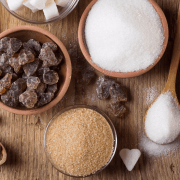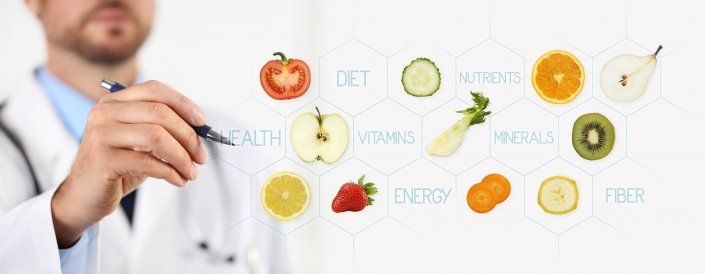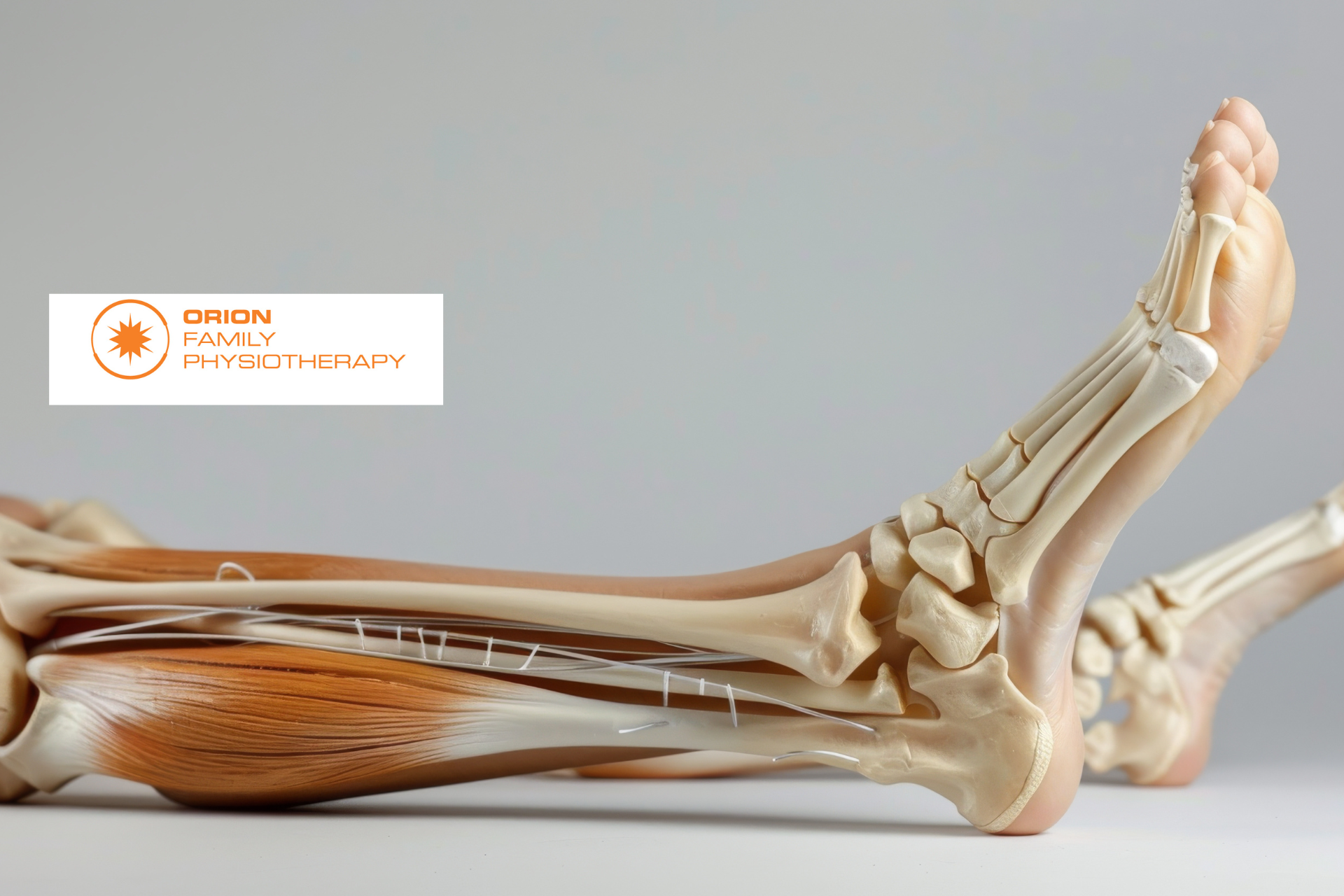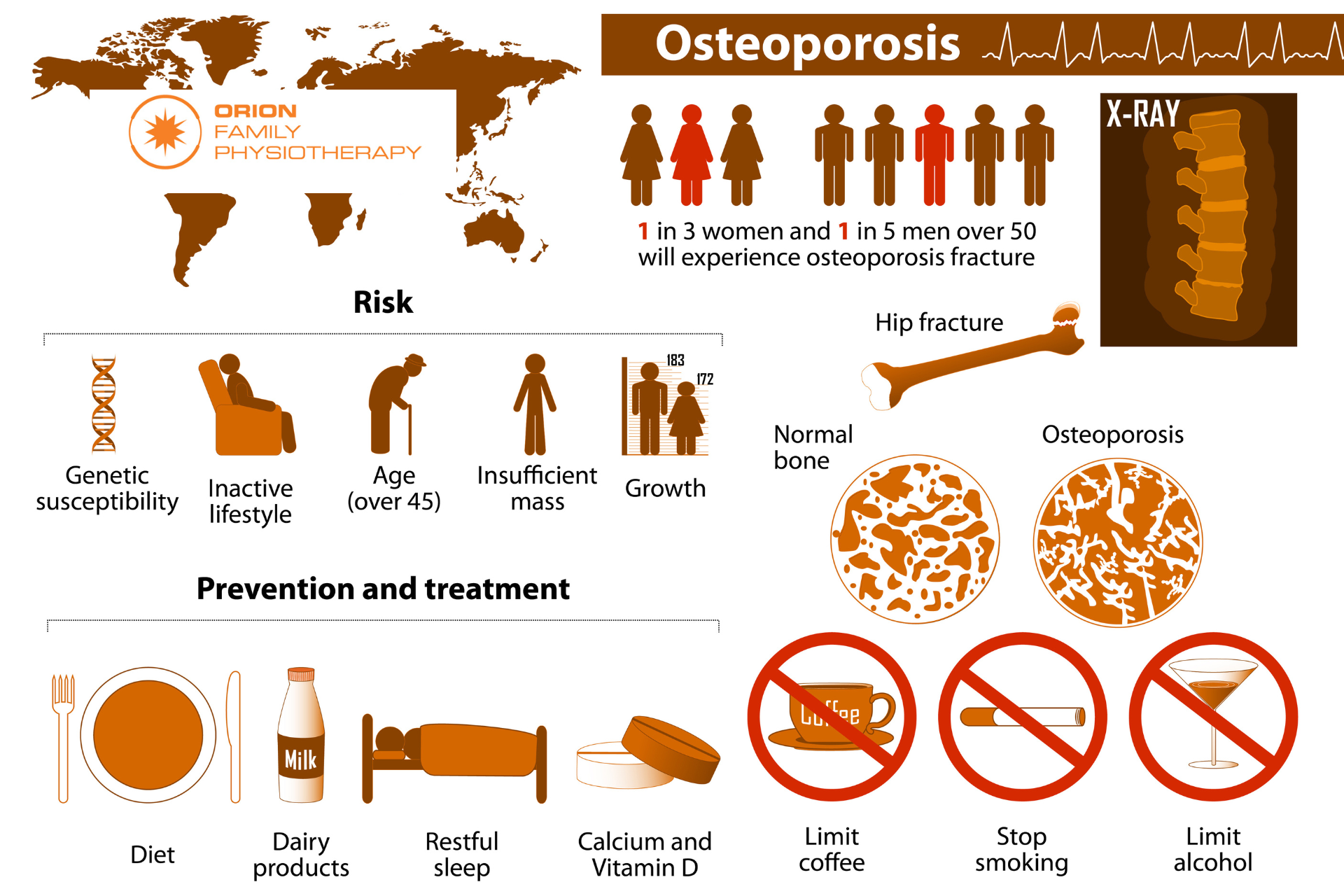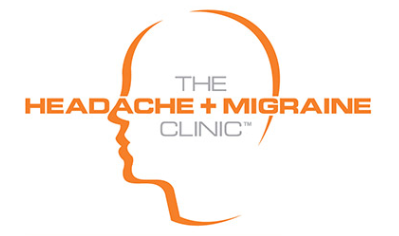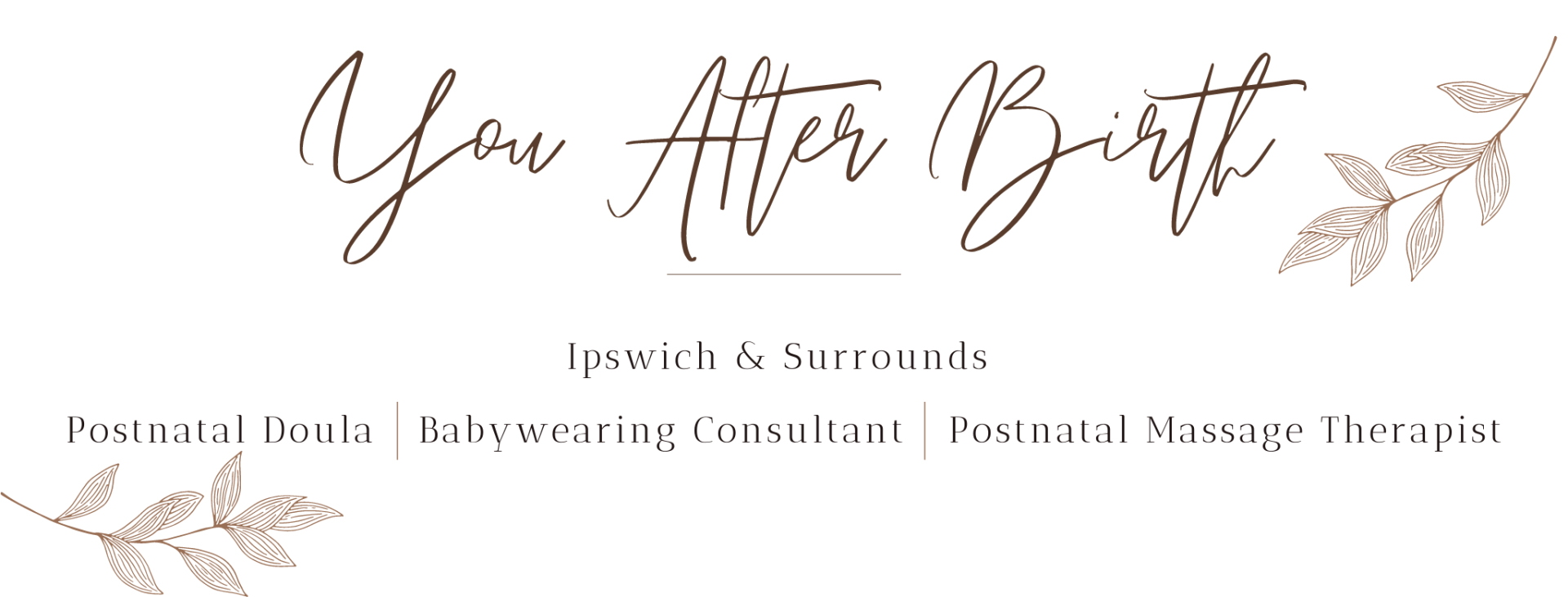Decrease Sugar for Increased Health
July 19, 2019
DECREASE SUGAR FOR INCREASED HEALTH
There’s been a lot of media publicity recently about how sugar is “evil”, and that sugar is responsible for weight gain, not fats etc..
Let’s clear this up:
Your body does use sugar for energy. However, it really matters what form the sugar is in as far as health impacts on your body. Simple sugars (glucose, fructose, lactose, sucrose etc) offer very little nutritional value and will rapidly raise your blood sugar levels causing a rapid insulin response.
Without having to get into too much detail, repetitive cycles of this puts stress on your insulin system, all organs, circulatory system, digestive system, nervous system etc. This is the main cause of type 2 diabetes.
Consuming lower GI carbohydrates (also sugar but in a different form) doesn’t have the same sorts of negative health consequences.
Modern science has stated: High sugar diets can lead to, and have been directly linked with:
Body fat gain
Mood disorders
Sleeping disorders
Diabetes
Heart disease
Stroke
Chronic fatigue syndromes
Chronic inflammatory disorders
Arthritis
Gout
Decreased concentration and mental focus
Poor gut health
And more
So how much should you have per day?
The American heart association now recommends a maximum of 6 tea spoons (24g) per day for females, 9 teaspoons for males (36g)
Recently its been reported the average Australian diet consists of 30- 40 teaspoons of sugar per day… 160g!
Think you’re doing ok?
I encourage everyone to track how much sugar they eating for an average day and see how you compare. Include all drinks.
Also bear in mind if you want to decrease body fat and weight then really you need to be below this average number.
Most of us are aware of the obvious foods to be avoiding and limiting, soft drinks, cakes, sweets, and biscuits but there are lots of hidden sugars in foods that are marketed as being “healthy”:
Some foods to be aware of: (amounts are averages only)
Yogurt – 20-40g of sugar per small tub
Canned soup – 20g
Muesli bars – 15 -30g per bar
Bread – 4g per slice
Sauces – 4- 8g per serving
Fruit juice – 20g per glass
Cereal – 15-30g per serving
Dried fruit – 60 -80g per 100g
It’s always good to focus on the positives! – The positives of a low sugar diet include:
- More energy
- Better sleep
- Better hormonal patterns
- Healthy weight and body fat percentage
- Improved mental functioning
- Improved concentration levels
- Reduced underlying inflammation in the body
- Improved gut health
- Less pain
- Better moods
If you are interested in more info we can refer you to a fantastic Dietitian on location with us, Steph from OnPoint Nutrition, or come in and see one of our Senior Physiotherapists, David, that is a qualified personal trainer and Nutritional Therapist for a holistic lifestyle and fitness consultation. This includes a detailed history assessment, specific nutrition and exercise recommendations and a structured plan to help you achieve your goal.
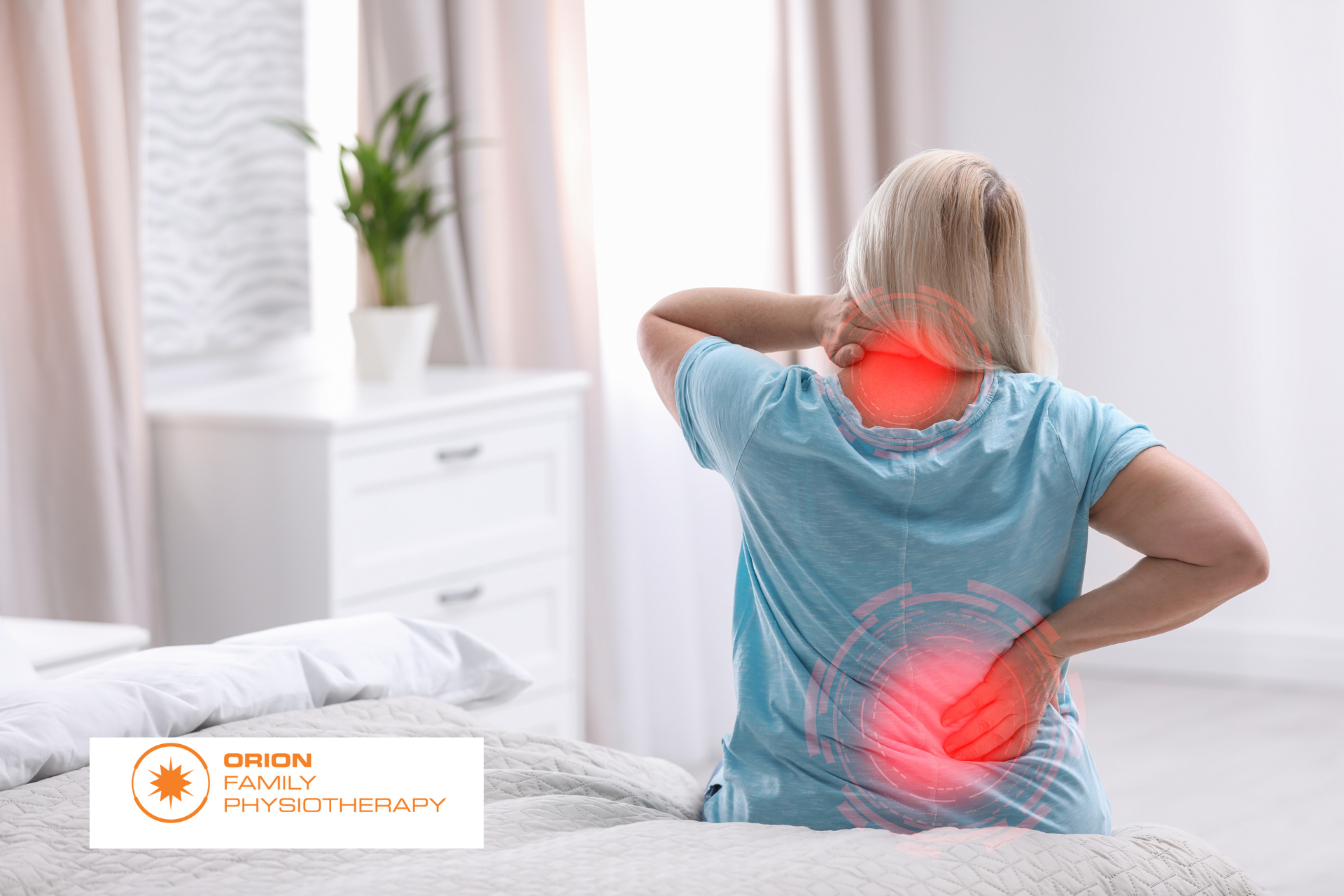
Most tissues in the body have healed completely in six to 12 weeks following an injury, however, many people have severe pain that lasts much longer than this. We know that the intensity of the pain you feel is not always associated with a similar amount of damage. In some cases, there can be a severe amount of pain with almost no detectable damage. With this in mind, we explore some reasons why your pain might not be getting better, long after the tissues have healed. You’re afraid of the pain. Pain can mean many different things, for some of us pain can affect our ability to work or can be a symptom of a serious disease. What you believe about your pain can either amplify or reduce the symptoms you experience. If you feel that every time you experience pain you are causing more damage, you will naturally pay more attention to this and your nervous system will amplify the signals in an attempt to keep you safe. If you understand the cause of your pain and know that while there is discomfort, you are not in danger of causing more damage, often the pain will feel less severe. This is one of the benefits of seeing a physiotherapist after your injury as they can help you to understand your pain, giving you more control over your recovery. You started moving differently after the injury. Immediately after an injury, it’s natural to change the way you move to avoid painful movements. After a while, these changed movement patterns can become maladaptive and actually begin to cause pain and discomfort on their own due to the altered stress patterns placed on your body. Correcting these adaptive movement patterns can often go a long way in reducing pain after an injury. You might not have noticed these changes and might need a physiotherapist to identify and help you to return to your usual movement pattern. You have lost muscle strength since the injury. While a certain amount of rest following an injury is always helpful, if we stop moving altogether, our muscles can lose strength. This can mean that our posture changes, we fatigue easier during our usual activities and that we are more susceptible to further injury. Less movement also means we actually focus on the pain more when it does happen. Physiotherapists are able to advise you on the right types and amounts of excercise for you in the period following your injury. The pain has affected your lifestyle. When pain affects your ability to sleep, work and even concentrate, it’s not surprising that this can have a negative affect on your overall wellbeing and mental health. This can create a negative cycle of anxitey and depression that perpetuates and increases the experience of pain. If your pain is really getting you down, speaking to a mental health professional can actually be a valuable part of your physical recovery
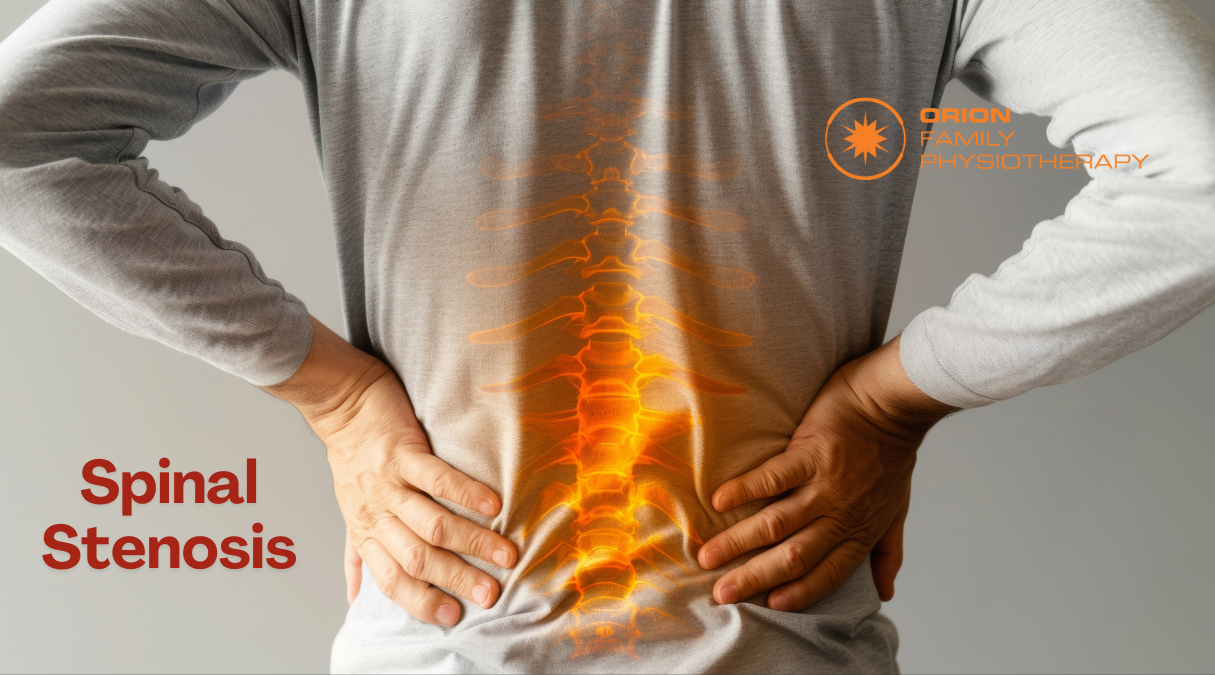
What is spinal stenosis? The spinal cord, nerves and arteries are housed by the spine, which acts as a hard electrical casing to support and protect these vulnerable structures. The spine has a hollow column that allows the spinal cord to run from the brain to the rest of the body. At each spinal segment, nerves exit the spine and supply the tissues of the body. There is also an intricate network of small veins and arteries that provide blood to the spinal cord and vertebrae, providing them with the nutrients needed to operate. Spinal stenosis is characterized by a narrowing of the spaces that house the spinal cord, nerves and blood supply. A variety of factors can cause spinal stenosis, however overwhelmingly it is caused by degenerative changes to the spine as we age. Many people over the age of 60 will have spinal stenosis; however, not all will have pain. Clinically, spinal stenosis is used to describe the painful symptoms of this condition rather than just the narrowing itself.
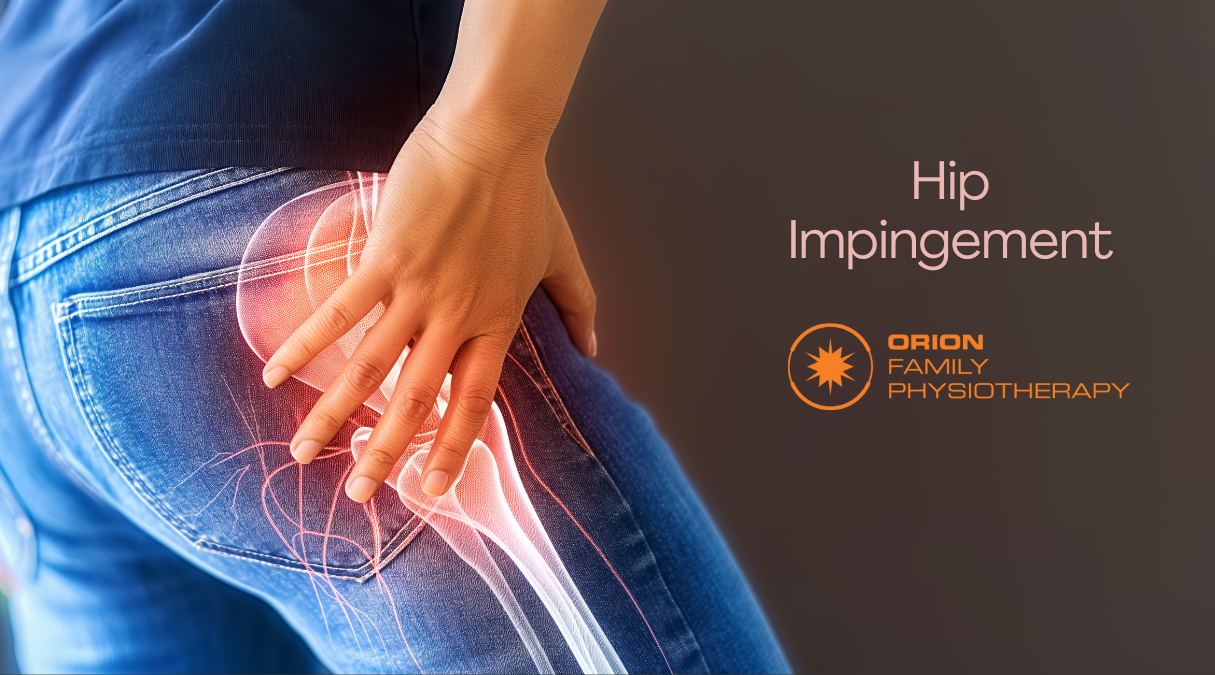
What is it? When the two surfaces of the hip joint move over each other, they usually move freely without any friction. If there is an alteration to either the socket part of the joint (the acetabulum) or the ball (the head of the femur), irritation may occur as the two surfaces move over each other. This is known as Femoroacetabular impingement, a common disorder of the hip, characterized by pain and stiffness. Femoroacetabular impingement can be classified as cam, pincer or mixed. A cam FAI occurs when the femoral head junction is flattened or a small bump is present. Pincer type of impingement occurs when the acetabular rim extends slightly, causing the femur to be impacted. Cam impingement is more common in men while pincer impingement is more common in women. However, most cases of FAI (about 85%) are mixed, meaning they both have cam and pincer types of impingement.
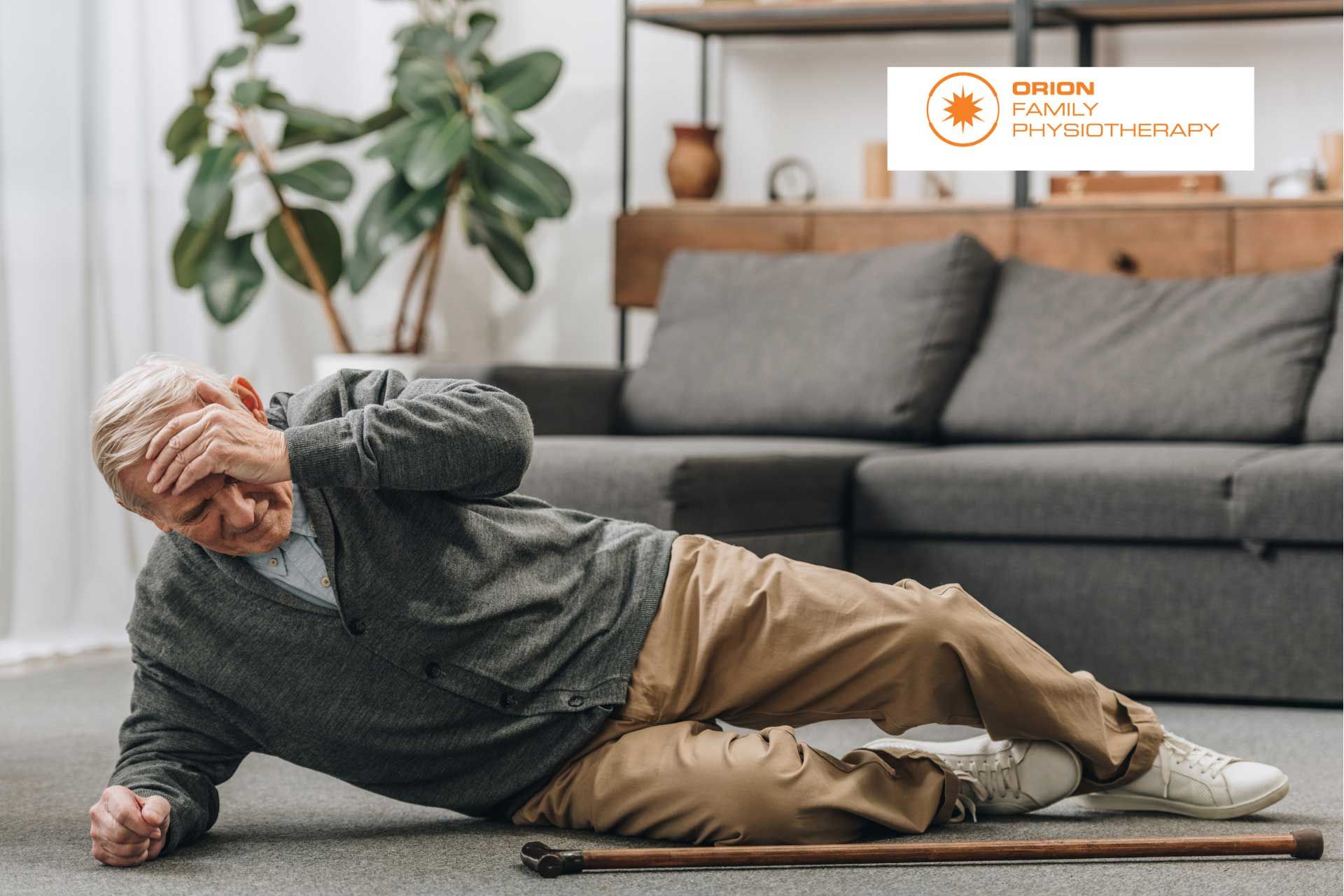
Ankle sprains are one of the most common sporting injuries and most people have experienced one at least once in their lifetime. While they are common, this doesn’t lessen their negative impacts. Surprisingly, having poor balance might be increasing your risk of ankle sprains. Here we discuss a few facts about balance and what you can do to reduce your risk of ankle injuries.

What Are They? Muscular trigger points are better known to most of us as muscle knots and can feel like painful, hard lumps located inside muscles. These knots can both be painful to touch and refer pain in surrounding areas. It is thought that trigger points form when a portion of muscle contracts abnormally, compressing the blood supply to this area, which, in turn, causes this part of the muscle to become extra sensitive. Trigger points are a common source of pain around the neck, shoulders, hips and lower back.
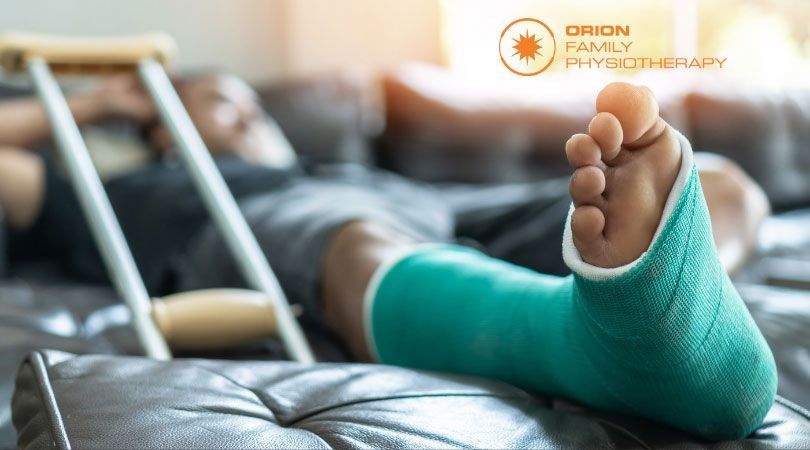
When injury strikes, the first thing that most of us want to know is ‘how long will this take to heal?’ Unfortunately, the answer to this can be complicated and requires at least a little understanding of how the different tissues of the body heal. Each of the tissues of the body, including muscles, tendons, ligaments and bone, heal at different speeds and each individual will have some variation on those times as a result of their individual health history and circumstances.

